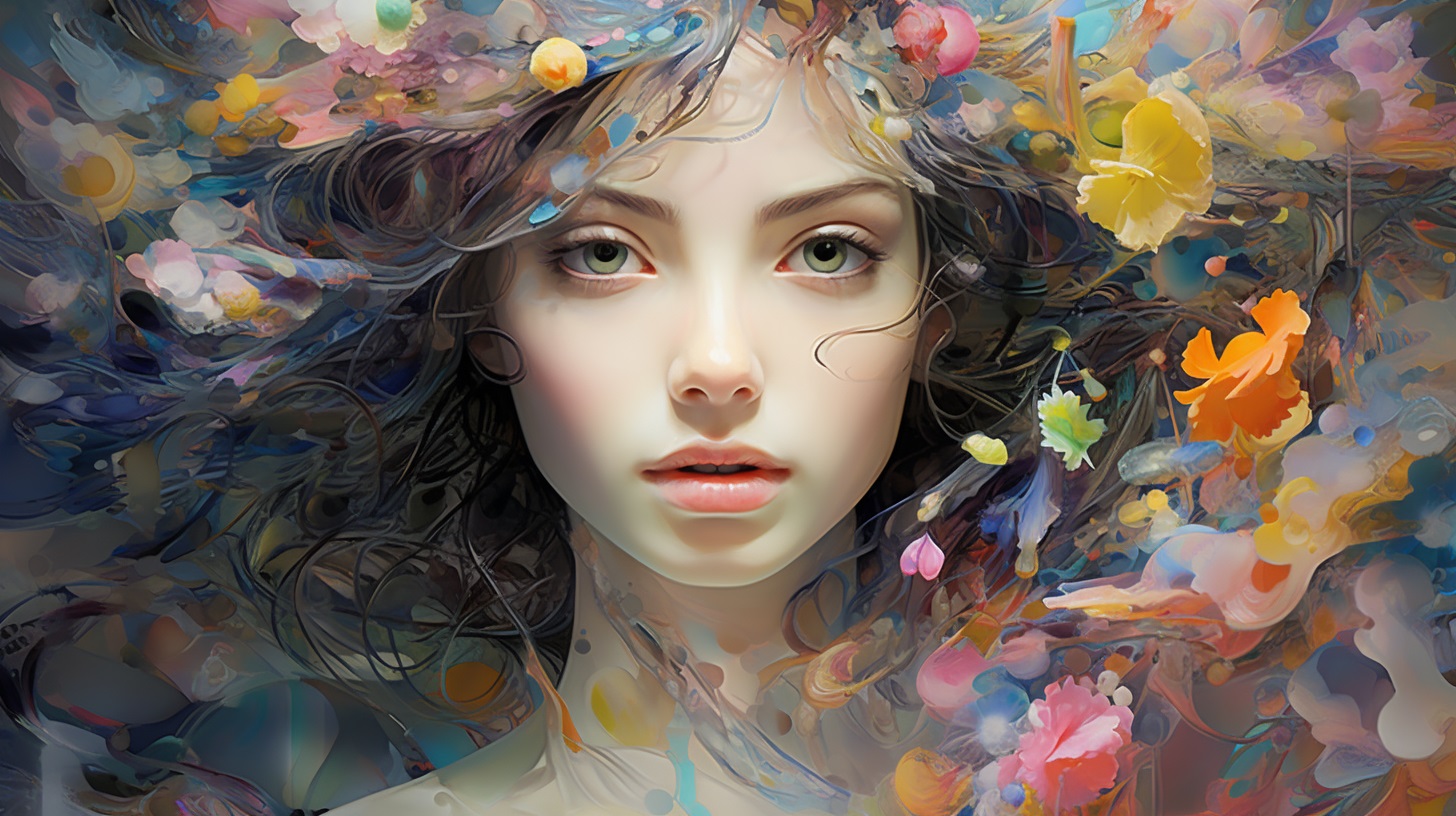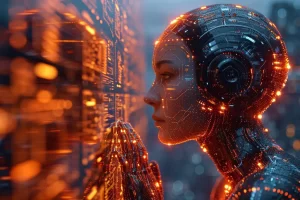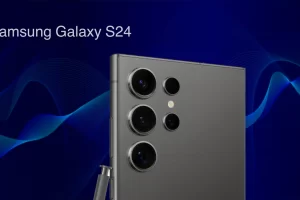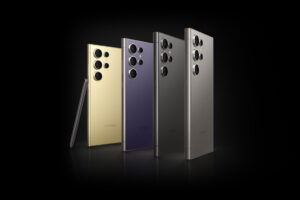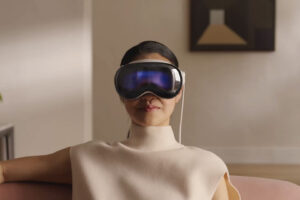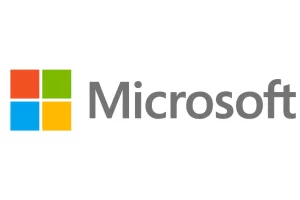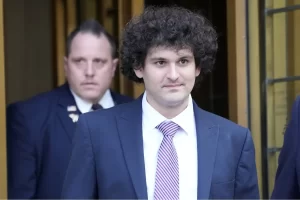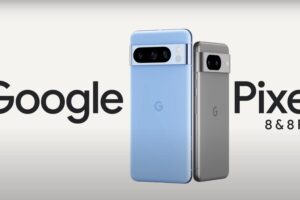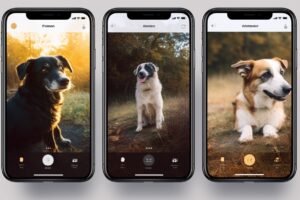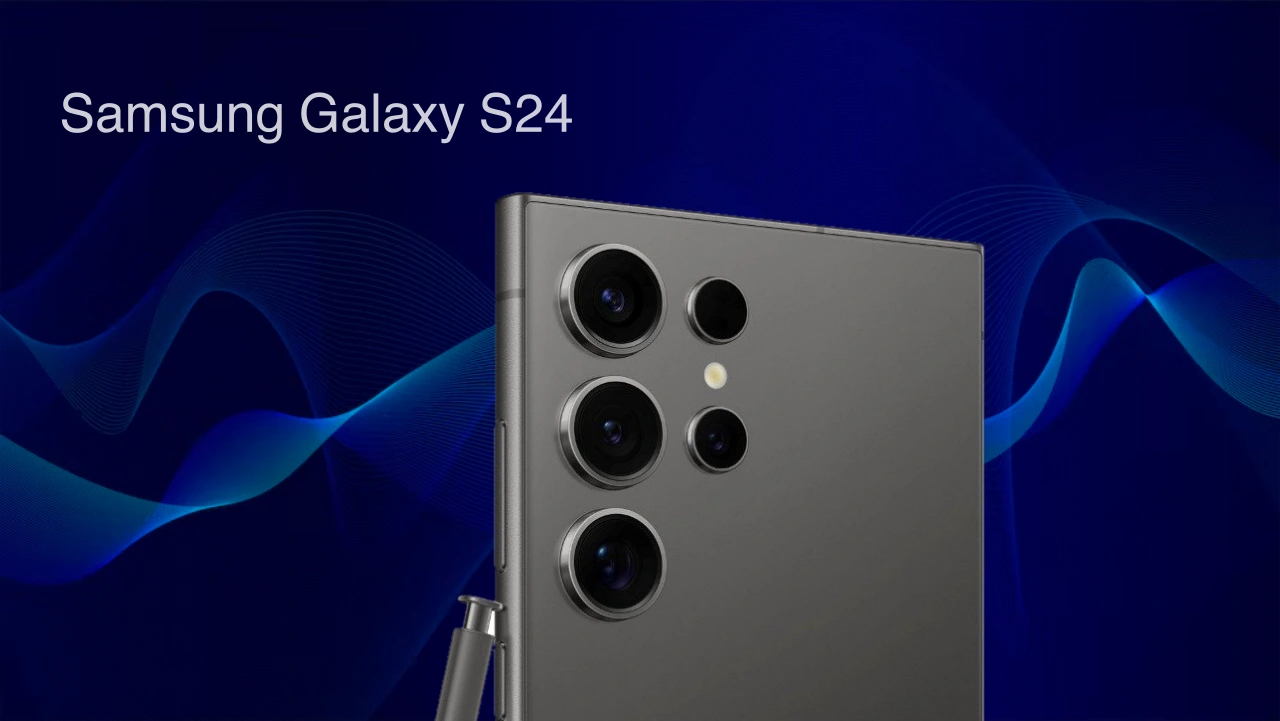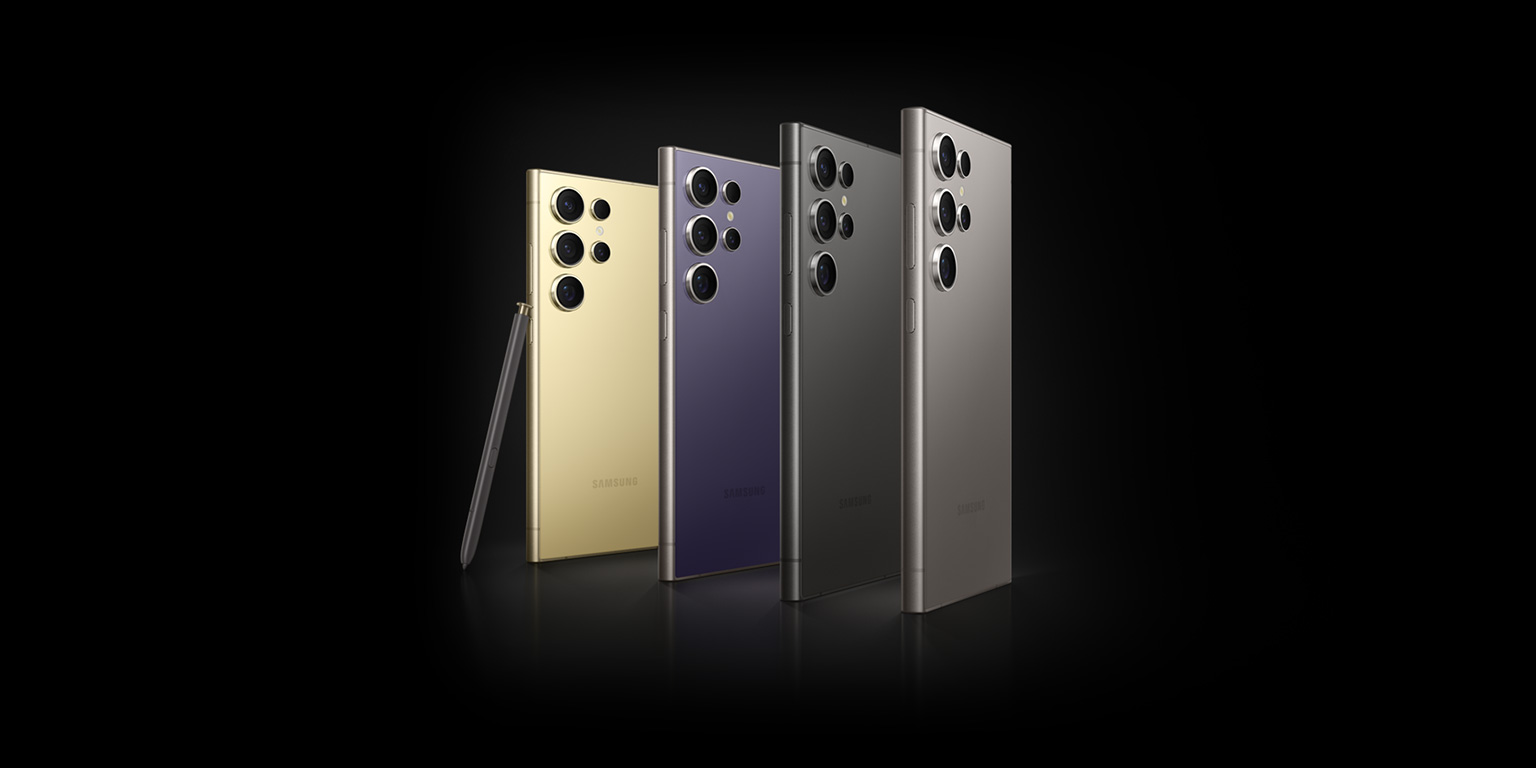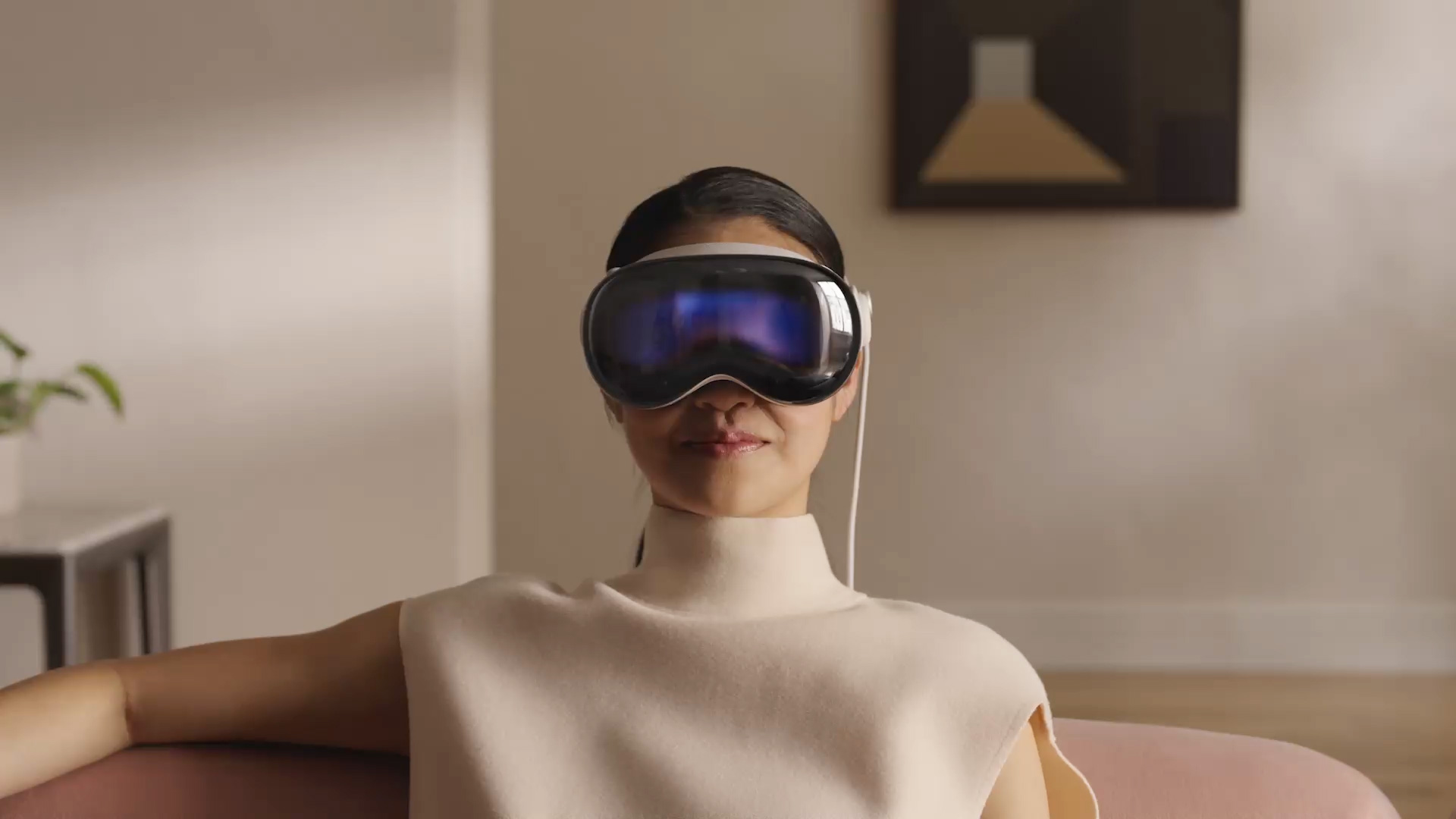In a groundbreaking ruling, a U.S. court has delivered a verdict that reshapes the landscape of intellectual property law. The question at the forefront of this legal debate was whether AI-generated art can receive copyrights. As of August 21, 2023, the answer is a resounding no.
The Legal Precedent
The case in question revolved around a piece of art entirely crafted by artificial intelligence, devoid of any human input. The court’s decision, as reported by The Japan Times, Reuters, CTV News, Arab News, and Artnews, establishes a critical precedent.
No Copyright for AI Creations
Artistic creations generated solely by artificial intelligence, without any human involvement, are now excluded from copyright protection under U.S. law. This ruling is based on the notion that copyright protection hinges on the presence of human creativity and originality in the creative process.
The Core Argument
The court’s decision aligns with the argument that copyright protection is intended to reward and safeguard human intellectual effort. Since AI operates based on algorithms and data, devoid of subjective creativity and human emotions, it cannot be considered the rightful owner of intellectual property.
The Implications
This landmark ruling has significant implications for various sectors, including art, technology, and entertainment. It raises questions about the future of AI-generated content, which has been on the rise in recent years.
Protecting Human Creativity
While AI has proven its ability to generate remarkable and novel content, this ruling emphasizes the importance of preserving and protecting human creativity and ingenuity. Copyright laws are designed to incentivize and protect human creators, and this decision reinforces that principle.
What Lies Ahead
As technology continues to advance, the interplay between AI and copyright law will likely remain a topic of debate. The U.S. court’s ruling sets a clear boundary, stating that AI-created art stands outside the realm of copyright protection. However, it also invites discussions about the future development of intellectual property laws in an increasingly AI-driven world.
Conclusion
In a decision that underscores the distinction between human and artificial creativity, a U.S. court has ruled that AI-generated art cannot receive copyrights. This verdict serves as a reminder of the fundamental role of human creativity in the realm of intellectual property and leaves us pondering the evolving relationship between technology and the law.


